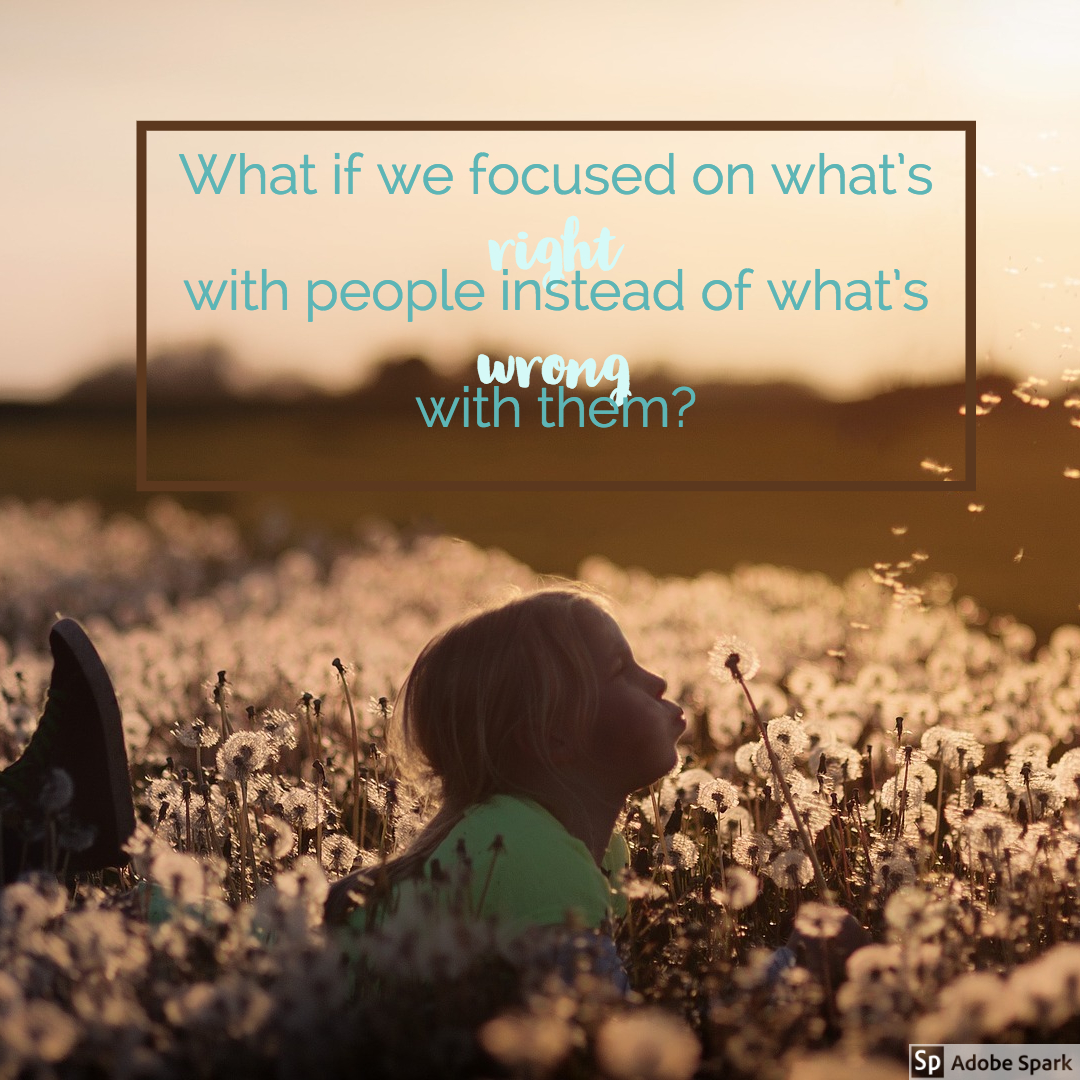My husband, a 10th-grade teacher, told me recently that he decided to start the year by having students share their strengths. I love this idea but was shocked when he told me that half of his students didn’t feel that they had a strength to share. Just think about this for a minute– I really think that if students have made it through school and don’t have an idea of what their strengths are, we have failed them!
Committed to getting to know his students and having them identify their own strengths, he asked them to come back the next day ready to share something with the class. He shared how students came back the next day and juggled for the class, showed videos or demonstrated their dancing, skateboarding, speaking different languages and many more. Although these students had a variety of talents, they hadn’t thought of them as strengths or that they made them special. The relationships and community were instantly different as each student was recognized and celebrated.
People are more confident, passionate, and do better work when you focus on what’s right with them instead of what’s wrong with them. Creating authentic learning experiences that empower learners to develop the skills and talents to manage themselves and build on their assets, rather than focus on their deficits, maximizes the motivation, contribution, and impact of all learners.
What if we focus on what’s right with people instead of what’s wrong with them?
With this idea at the core, I recently facilitated a workshop on creating a strengths-based culture for #COLLAB18. To empathize with learners we did a simple activity where the educators had to write their name in their best handwriting with your dominant hand 5 times in 1 minute. Next, they had to write their name in their best handwriting with their non-dominant hand 5 times in 1 minute. The difference is always striking but the insights are what is powerful. Try it!
It quickly became clear that it’s really awkward to do things that don’t come from a place of strength. The groans were audible and the challenge visible. The conversations quickly turned to students as these educators couldn’t help but empathize with learners whose unique strengths aren’t often recognized and utilized in many of the activities in school and they are constantly working and being judged in their non-dominant strengths. The realization of how important it is to build confidence and culture to recognize and cultivate unique strengths rather than our narrow view of what is valued in school. It is critical to meet learners where they are and honor who they are and where they are on their journey.
I also want to emphasize for those who push back on strengths-based cultures. This isn’t about avoiding our weaknesses, but instead about building the confidence of learners so they can see their unique gifts and build on those and also work on areas that are challenging without the notion that they aren’t smart or good enough based on the one size fits all approach. In education, we would be wise to spend more time focused on the strengths that we have as individuals and as teams, rather than their weaknesses.
Here are 10 examples we came up with for creating a strengths-based culture:
- Have students identify and discuss strengths with their peers
- Celebrate/recognize strengths of peers in action during morning meeting or other class meeting
- Identify goals and determine how you will use your strengths to achieve those goals
- Allow students to work on passion projects to build and draw on strengths
- Expert of the week to share unique talents and strengths
- Create a wall celebrating/ acknowledging unique strengths
- Educators model and share their strengths with students
- Varied assessment of learning to allow for strengths to be demonstrated
- Identify and analyze how the characters in books or in the news used their different strengths
- Have students reflect on how they used their strengths after they complete a project or assignment individually and with peers.
What would you add? What examples do you have to share with others?



Thank you for this information. I needed the reminder.